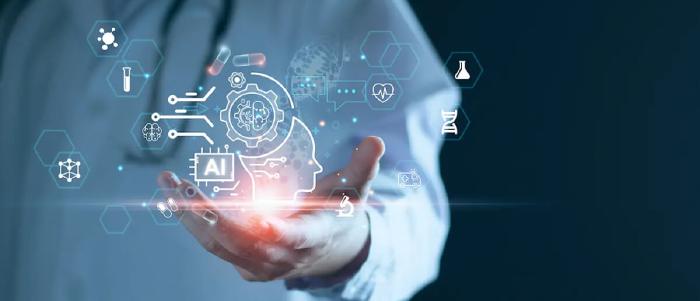
December 9 2023
8 min read
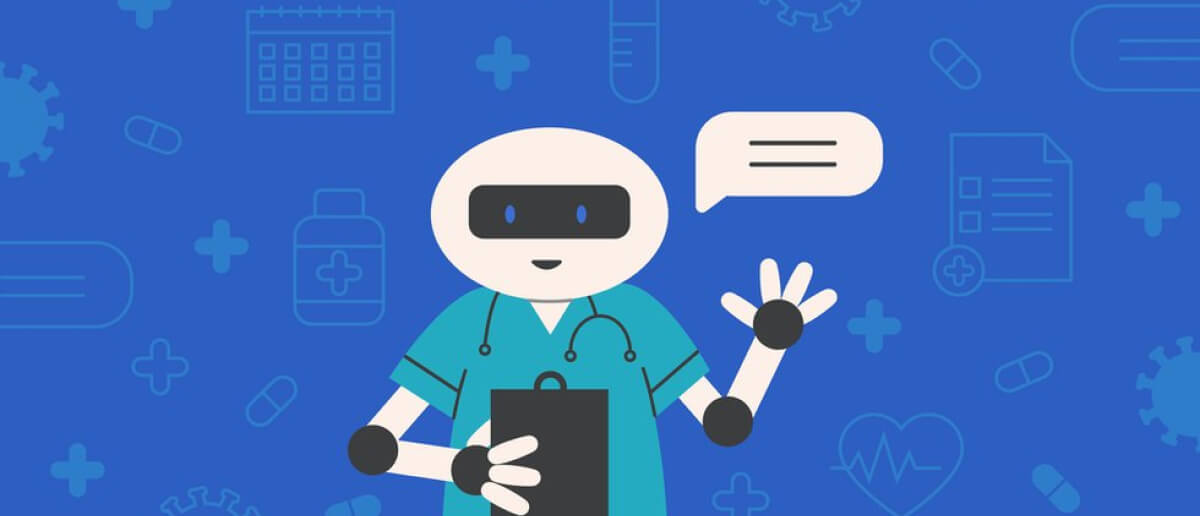
Nov
Chatbots have come a long way since their inception. Initially simple programs, they have evolved into complex tools capable of understanding and interacting in natural language.
In healthcare, chatbots are more than just convenient tools; they are essential for efficient and effective patient care. They help in reducing the workload of medical staff, provide quick answers to patient inquiries, and assist in managing appointments and records. This reduces waiting times and improves the overall patient experience.
Key Takeaways:
24/7 Patient Support: Chatbots offer round-the-clock assistance for health queries, appointment scheduling, and medication reminders.
Enhancing Telemedicine: Integrating chatbots with telemedicine platforms is significantly improving remote healthcare services.
Streamlining Healthcare Administration: Chatbots are key players in reducing administrative burdens in hospitals and clinics.
Future Prospects: The evolving role of chatbots promises even greater advancements in personalized patient care and operational efficiency.
Privacy and Ethics: Learn how these AI tools are addressing privacy concerns and ethical considerations in healthcare.
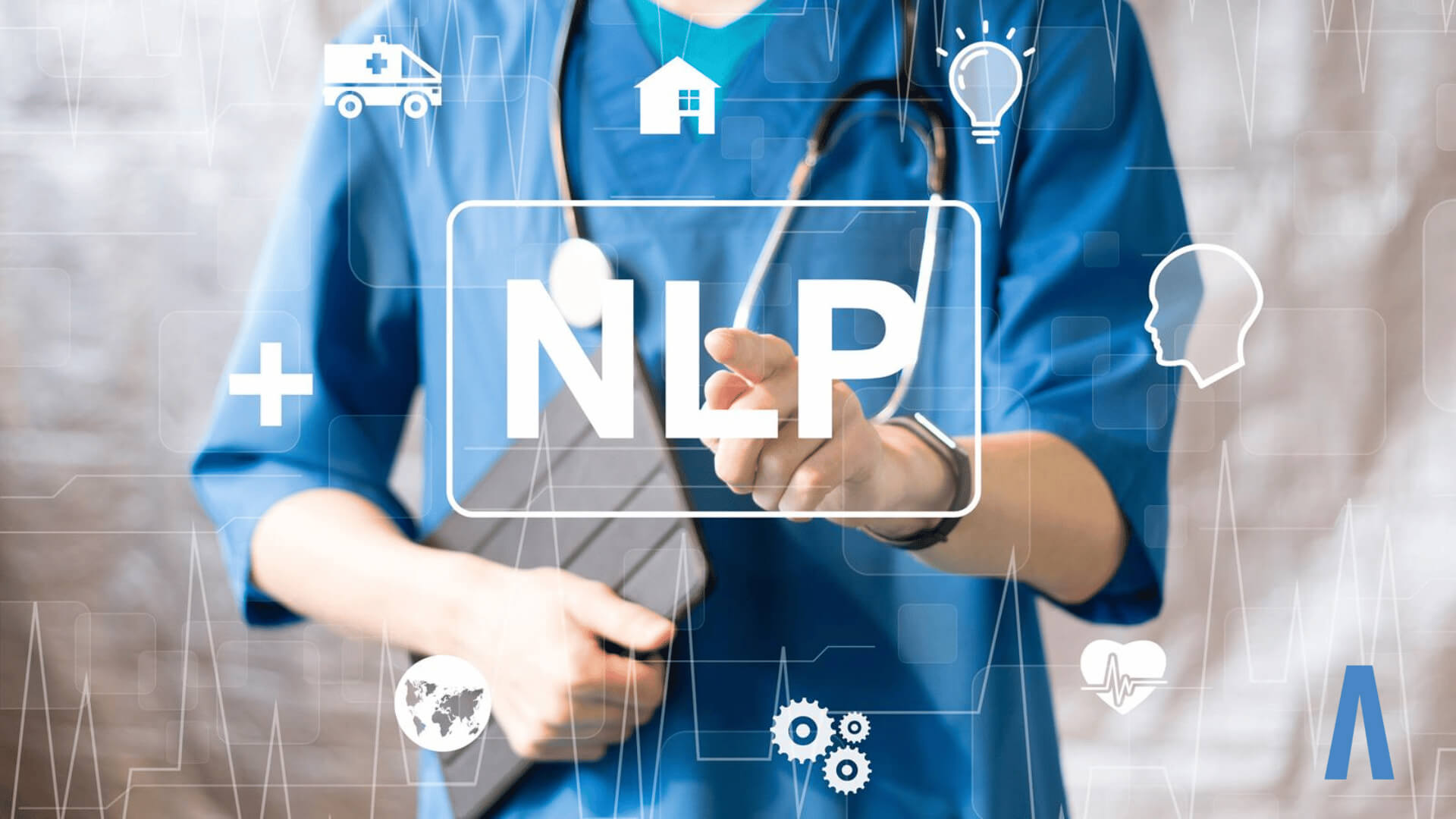
Chatbots in healthcare work using a combination of artificial intelligence (AI) and pre-programmed responses. Here’s a closer look at how they function:
Natural Language Processing (NLP): This is the core technology behind chatbots. NLP allows chatbots to understand human language. When you type or speak to a chatbot, NLP breaks down your words into something the computer can understand.
Machine Learning: Over time, chatbots learn from interactions. They use this data to improve their responses. The more they interact with people, the better they become at understanding and answering questions.
Pre-Programmed Rules and Responses: Chatbots also have a set of predefined rules and responses. For simple, common questions, they pull from this repository to provide quick and accurate answers.
Integration with Databases: Healthcare chatbots often access medical databases for information. For example, if you ask about symptoms of a cold, the chatbot retrieves information from its database to answer you.
User Interaction and Feedback: User inputs play a vital role. Chatbots adjust their responses based on the feedback and interactions they have with users, striving to make the conversation as helpful and natural as possible.
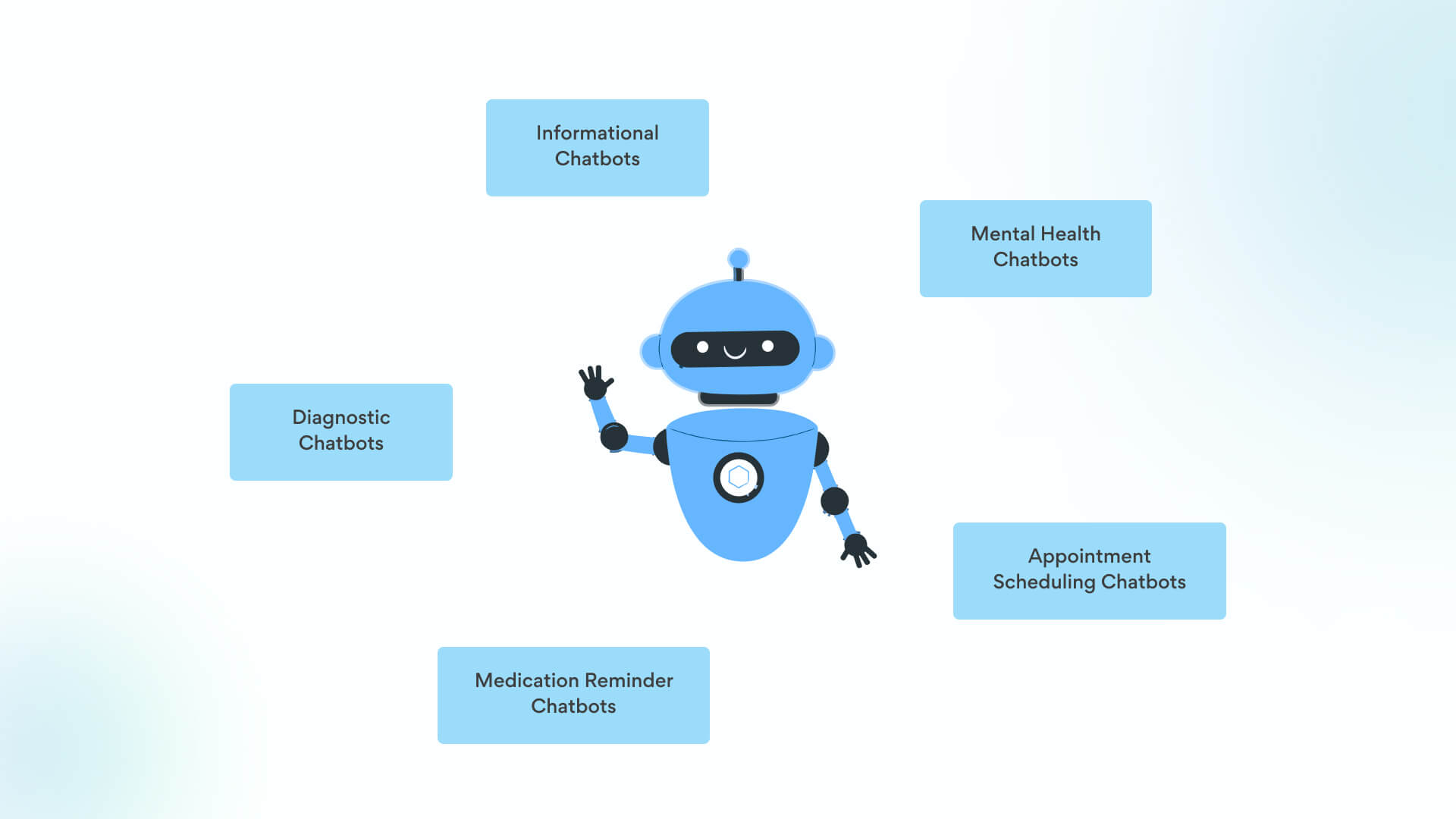
Healthcare chatbots come in various forms, each serving a specific function. Here are some common types:
Informational Chatbots: These provide general health information, like tips for a healthy lifestyle or information about diseases. They’re like a medical encyclopedia that talks back to you.
Diagnostic Chatbots: These help in identifying possible health conditions based on symptoms you describe. They ask questions about your health and give you advice on whether you should see a doctor.
Appointment Scheduling Chatbots: They make booking doctor’s appointments easier. You tell them when you’re free, and they find you a suitable time slot without the need to call a clinic.
Medication Reminder Chatbots: These are like personal health assistants. They remind you to take your medications on time, track your medicine intake, and sometimes even alert you about potential side effects.
Mental Health Chatbots: Designed to offer support and guidance for mental well-being, these chatbots can provide immediate assistance, such as tips for managing stress or anxiety.
Advantages:
Availability: Chatbots are available around the clock, providing instant responses anytime.
Efficiency: They can handle multiple queries simultaneously, reducing waiting times.
Anonymity: For sensitive health topics, chatbots offer a degree of privacy that can make users more comfortable.
Limitations:
Understanding Complex Queries: Chatbots sometimes struggle with complex or vague questions, leading to incorrect or incomplete responses.
Personalization: While they’re getting better, chatbots still lack the personal touch and detailed understanding that a human healthcare provider offers.
Dependence on Technology: They require internet access and functional devices, which may not be available to everyone.

Chatbots are changing how patients interact with healthcare services. They make it easier for people to get information and support. For example, a chatbot can answer questions about health symptoms or give advice on what to do for minor health issues. They also send reminders for appointments or medication, which helps patients stay on track with their treatment plans.
Symptom checkers are a popular type of healthcare chatbot. These chatbots ask you about your symptoms and then use that information to suggest possible causes. They can advise whether you need to see a doctor or if you can treat the issue at home. Remember, these chatbots don’t replace doctors – they just help you decide your next steps.
Chatbots also play a crucial role in ensuring patients follow their treatment plans. They can send reminders for taking medication, attending therapy sessions, or scheduling follow-up appointments. This helps in managing chronic conditions more effectively and ensures that patients don’t miss important steps in their care.
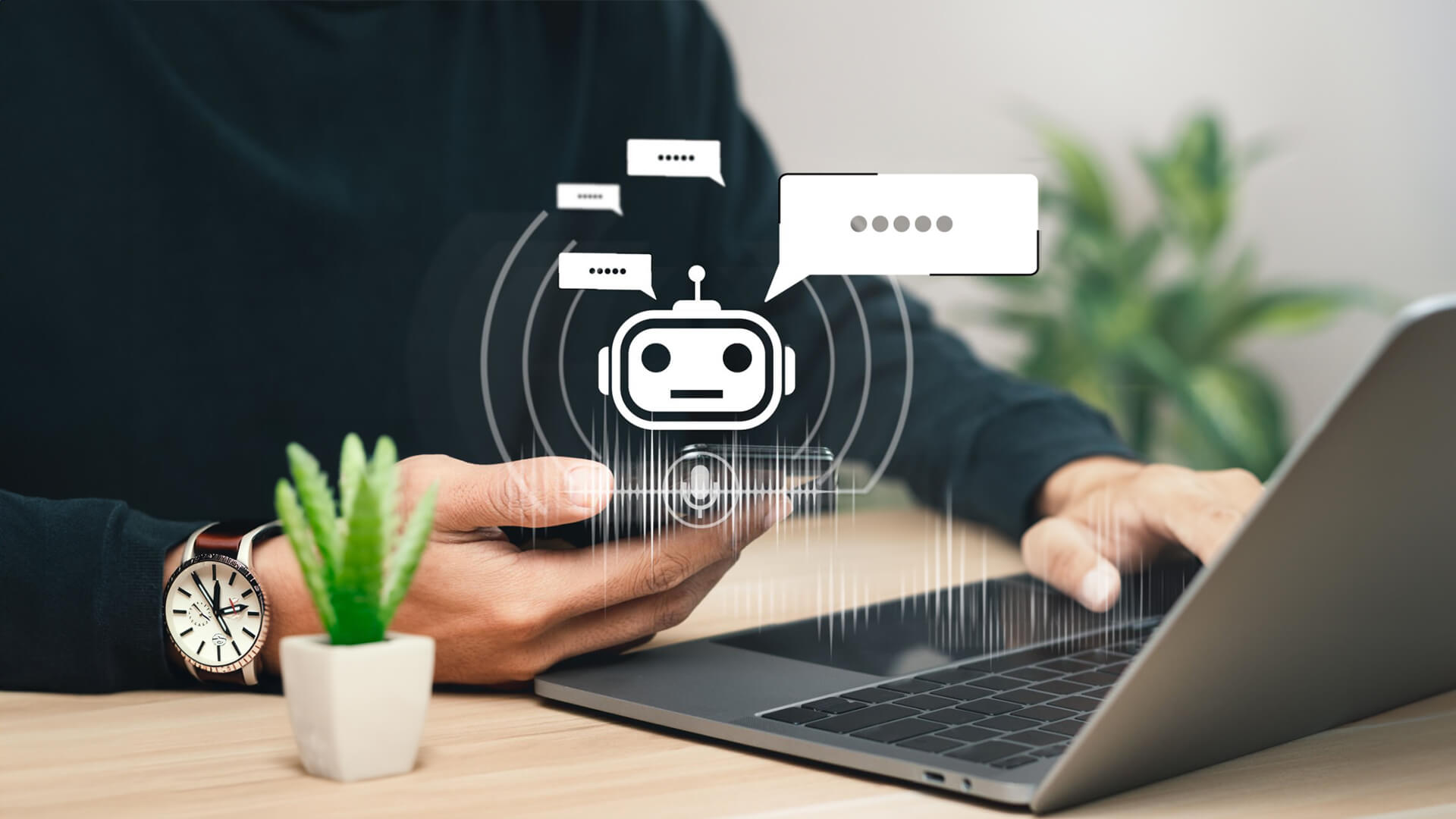
Chatbots are not just for direct patient care; they also play a significant role in hospital administration. They help streamline operations by handling routine tasks like managing patient records, answering common inquiries about hospital services, and even guiding visitors through hospital layouts. This efficiency allows hospital staff to focus more on direct patient care.
One of the most practical uses of chatbots in healthcare is in managing appointments. Patients can easily schedule, reschedule, or cancel appointments through a chatbot interface. These chatbots can also send out appointment reminders, reducing the number of missed appointments and helping keep schedules on track.
Chatbots are excellent at collecting and managing data. They can gather patient information, track patient interactions, and organize this data for healthcare providers. This helps in maintaining up-to-date patient records, which is crucial for effective treatment planning and medical research.
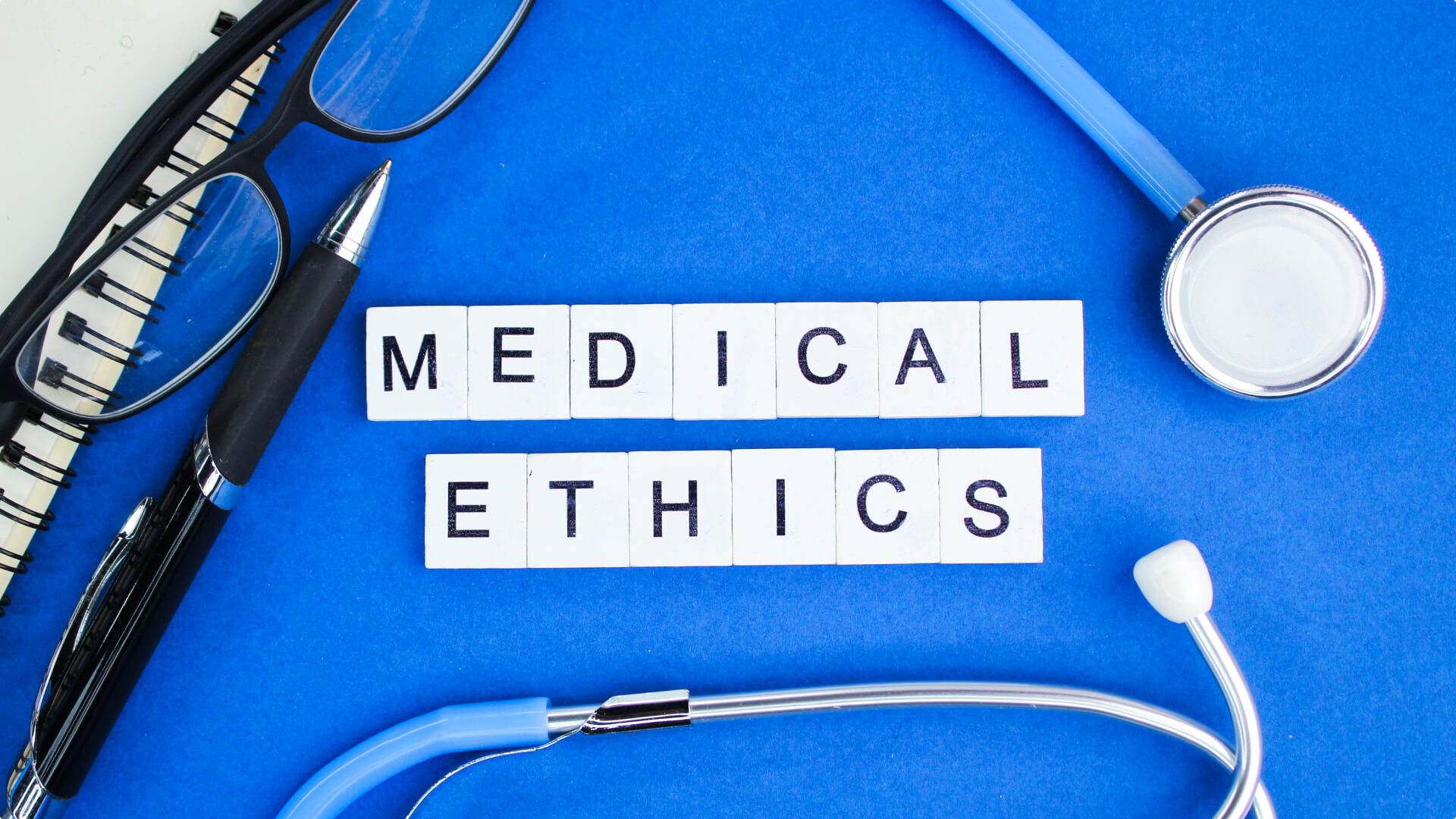
Privacy is a major concern when it comes to healthcare chatbots. These systems handle sensitive patient information, so it’s crucial they are designed to protect this data. Healthcare chatbots must comply with privacy laws like HIPAA (in the United States) and GDPR (in Europe). They use encryption and other security measures to keep patient information safe.
The use of AI in healthcare, including chatbots, raises ethical questions. For instance, how much should we rely on AI for health decisions? There’s also the matter of ensuring that AI systems are unbiased and fair. Healthcare providers and developers are working to address these concerns, ensuring that chatbots are used in an ethical and responsible manner.
Compliance with health regulations and standards is critical for healthcare chatbots. This includes not only data privacy laws but also medical accuracy and safety standards. Chatbot developers collaborate with healthcare professionals to ensure their tools are compliant and reliable.
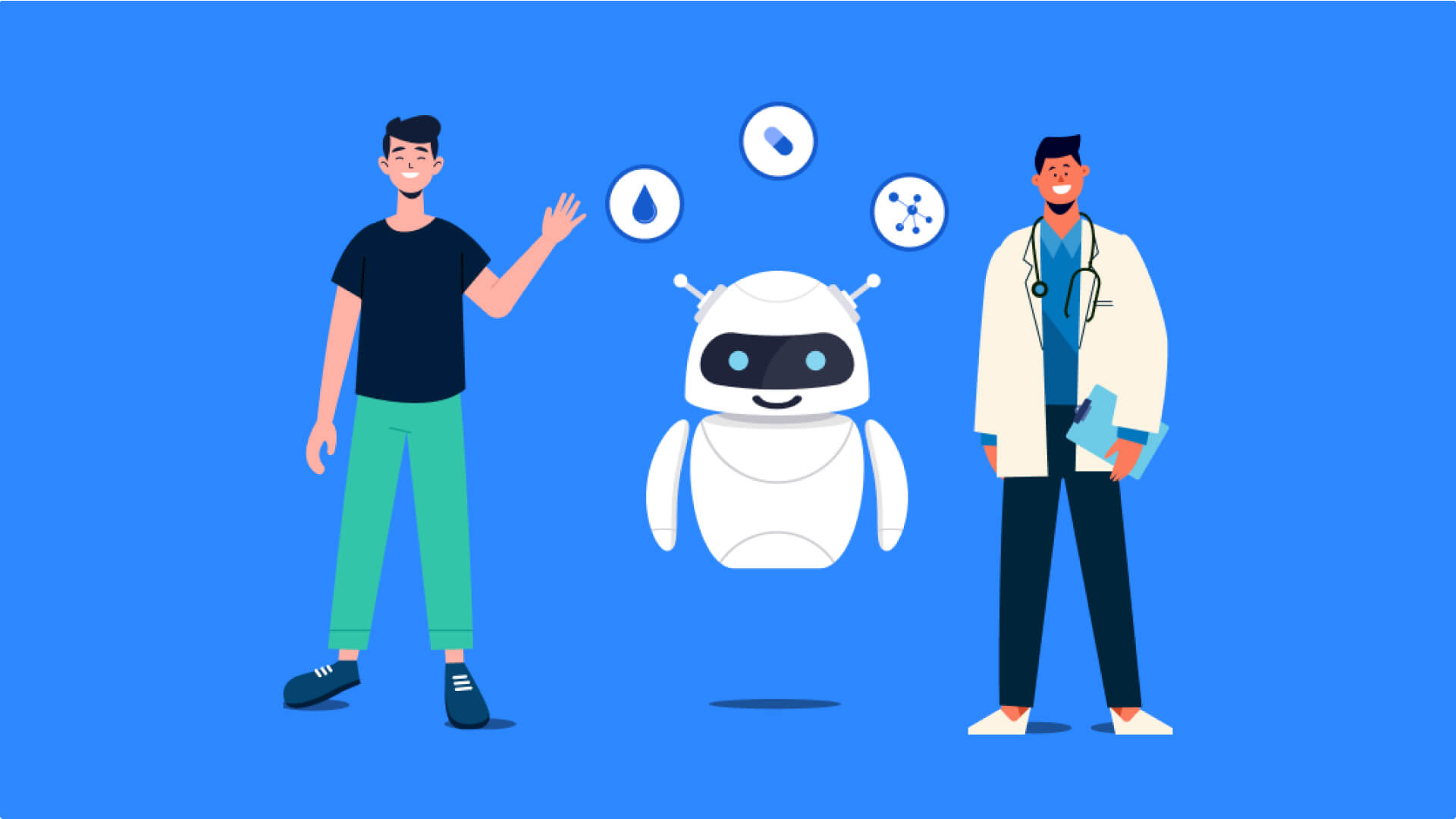
The future of chatbots in healthcare looks promising with emerging trends pointing towards more advanced and personalized care. We’re seeing the development of more sophisticated AI that can handle complex interactions and provide more accurate responses. There’s also a growing trend of integrating chatbots with other digital health tools like wearable devices, enhancing their ability to monitor and support patient health.
Integration with technologies such as Electronic Health Records (EHRs), wearable health devices, and telemedicine platforms is the next big step for healthcare chatbots. This integration will allow chatbots to provide more tailored advice and support, based on a deeper understanding of a patient’s health history and real-time data.
Looking ahead, we can predict that chatbots will become even more integral to healthcare. They might be able to handle more complex tasks, such as assisting with mental health therapy or helping manage chronic diseases. The ultimate goal is for chatbots to become a seamless part of the healthcare ecosystem, enhancing patient care and operational efficiency.
The integration of chatbots and telemedicine is a significant leap forward in healthcare technology, offering a synergy that enhances patient care. Telemedicine, which involves remote medical consultations and treatments, becomes even more efficient and accessible when combined with the capabilities of chatbots.
Pre-Consultation Screening: Chatbots can perform initial screenings before telemedicine appointments. They gather basic patient information, symptoms, and medical history. This information helps healthcare providers prepare for the consultation, making the telemedicine session more focused and efficient.
Appointment Scheduling and Management: Chatbots streamline the process of scheduling telemedicine appointments. Patients can easily find available slots and book appointments without the need for back-and-forth communication with a human scheduler. This reduces administrative workload and improves patient satisfaction.
Follow-Up and Care Instructions: After a telemedicine appointment, chatbots can provide patients with follow-up care instructions, medication reminders, and answers to frequently asked questions. This ensures that patients clearly understand their care plans and adhere to them.
Accessibility and User-Friendly Interface: For many, especially the elderly or those less familiar with technology, navigating telemedicine platforms can be daunting. Chatbots with their conversational interface make this process more user-friendly and less intimidating.
Cost-Effectiveness: By automating routine tasks and improving operational efficiency, the integration of chatbots in telemedicine also offers cost benefits to healthcare providers.
The way chatbots are being used in healthcare is really exciting. They’re showing us how technology can help make healthcare better for everyone. Chatbots make things easier for doctors and patients, and they’re only going to get better at this. It’s important for everyone in healthcare, and patients too, to learn about chatbots and use them. In the future, chatbots will make healthcare even faster and more personal. This is a big step forward in making sure everyone gets the help they need in an easy and quick way.

December 9 2023
8 min read
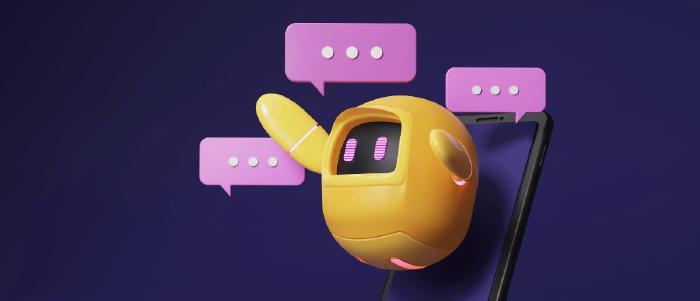
December 4 2023
8 min read

November 30 2023
8 min read

November 13 2023
8 min read